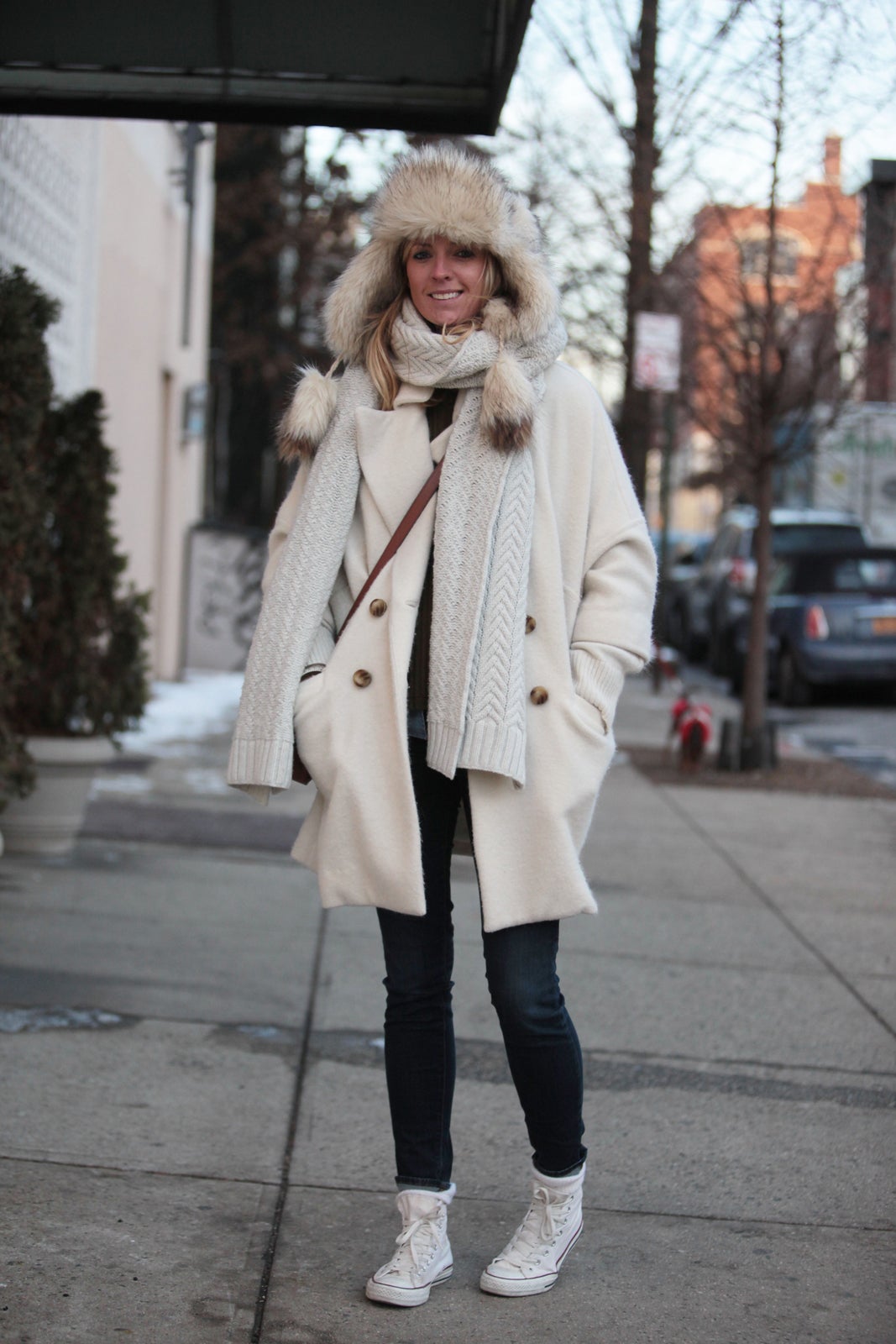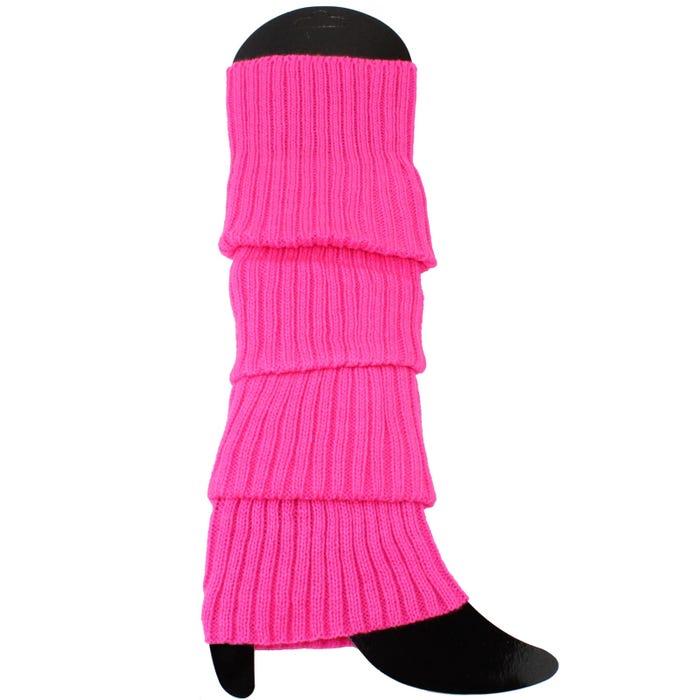
Fashion influenced society on many levels in the nineteenth century. Fashion was influenced by many different factors, including the style and fabric of clothes. This article will give a brief overview of the period and the key elements that shaped women's clothing. We will also discuss reformers, fabric types, periodic fashions, and other topics.
Styles of clothing
Fashion in the 19th century was characterized by the use of elaborate, colorful, and sometimes gaudy fabrics. The era also witnessed changes in consumption habits. In the late 1860s, the emergence of the mail order business changed the way people bought and sold clothing. This allowed people to send clothes and accessories by telegram, train, or telegram. It was very similar with the online shopping habits today.
The waistcoat was also becoming more elaborated and voluminous. It was made of rich, jacquard-woven and silk. It draped over the shoulders with floral or paisley patterns. The popular Spencer jacket was also very popular. It was high-necked and attached to the neck. The sleeves of the Spencer jacket were long enough that they covered the hands. Winter months were also a common time for pelisses.

Periodicals
The 19th century saw a lot of fashion periodicals. In this time period, more than 100,000 fashion periodicals were published. Some of these journals have been kept on as academic journals. The Lancet, for instance, started publishing in 1823. Titbits was another notable publication from this period. It was also mentioned in George Orwell’s famous novel Animal Farm. The Ladies Mercury was first published in 1693 and the Young Ladies Journal in 1823.
As the world economy started to grow, magazines publishing rose. The gap between high-quality magazines versus cheap weeklies was still there. By the 1830s, cheaper women's magazines began to appear. These magazines were often very moral in their content, and had little to no intellectual content. Some magazines, such as Lady's Magazine aimed at fair-sex females, were especially popular.
Fabrics
The 19th century saw major changes in fabric design. New silhouettes were created for women's dresses. During this period, certain fabrics could only be worn by women and others were reserved for men. The Industrial Revolution changed how textiles were made. New innovations in the textile sector allowed plain and patterned fabrics to be produced faster and at a lower cost. This made fabric more accessible to a wider range of people.
Even though textiles became cheaper, good quality silks remained costly. Silks that were fashionable in the eighteenth centuries were used to create many of the dresses of the nineteenth century. It was common for women to pass down their dresses to the next generation. It is very rare that an 18th-century gown has been preserved unchanged.

Reformers
Women in 19th-century England wore many different types of clothing. Many of these outfits were inspired from the Reform movement. This period saw women wear long dresses and tight corsets. However, the dresses of the early 20th century were more loose and could be worn with or without corsets. As a symbol of purity, moral superiority, and femininity, many women began to wear suffragist clothing, which was typically white.
The fashion reformers were not the only ones who made a difference. There were also reformers involved in interior design and architecture. In Germany, the British Arts and Crafts movement was particularly influential. Reformers from Austria also participated in the reformation of women's clothing. Architect Henry van de Velde, for example, promoted the art nouveau style and wrote about the aesthetics of women's dress. He believed that modern interior design should be compatible with modern architecture.
FAQ
Why is fashion trend important?
Fashion trends are an important part of our daily lives, as we shop clothes and accessories. Trends enable us to express who and what we are. These trends can be used as inspiration for artists or designers.
Fashion trends are a tradition that has been present since ancient times. Athleisure wear is a popular choice, as are casuals, streetwear and streetwear.
Are fashion trends something I should be paying attention to?
No, you don’t have to be a follower of fashion trends. Fashion trends change frequently. You shouldn't feel obliged to follow these trends.
You must dress comfortably. This will make you stand out from the crowd.
Are there any clothing stores online?
There are many online clothing shops. Some provide free shipping and returns. Others charge a small fee.
Online clothing shops offer everything you need, including swimsuits and jeans.
The store will have a different selection. Some sites sell only men's apparel, while others carry both.
Which brand is better?
Designer clothes are typically cheaper than clothing from name brands. However, designer clothes are more expensive than name-brand clothes because they are usually made with inferior material.
Name brand clothes are made with better quality materials. They are generally more durable and last for a longer time.
Where can you find clothes?
Clothes is everywhere. You can shop at department stores, specialty shops, discount stores, thrift stores, and garage sales.
Department stores like Macy's and Sears are also available as well as Kmart and Kohl's. There are many clothing chains, including JCPenney and Abercrombie & Fitch and American Eagle Outfitters. Also, there are specialty shops like Anthropologie and Banana Republic and Calvin Klein.
What causes my style to change?
As you get older, your style will change. Your body shapes change, too. Your hair color will change, and so will your skin tone.
You might even discover a new passion for something. As we grow up, we learn about ourselves, and our tastes develop.
Do I have to match my shoes?
Yes! It's important to match shoes with outfits. It's a great way to make sure that everything matches together.
It doesn’t matter if you’re wearing heels or sneakers. It's important that you match.
Statistics
- Also, they are known for offering up to 50% off quite often – always wait for the sales with Express! (collegefashion.net)
- GIVE 20% OFF, GET 20% OFF. (asos.com)
- Finally, Express carries petite sizes, which, according to the retailer, are meant for women 5'4″ and under. (collegefashion.net)
- For her AW15 menswear show, according to Water, "where models with severely bruised faces channeled eco-warriors on a mission to save the planet." (en.wikipedia.org)
- Another ethical fashion company, [43] Consumption as a share of gross domestic product in China has fallen for six decades, from 76 percent in 1952 to 28 percent in 2011. (en.wikipedia.org)
External Links
How To
How to Style Clothes
How do I style clothes? The best way to do this is by wearing what you like, even if it's not fashionable, because fashion changes daily. You shouldn't copy another person's style. Instead of trying to replicate it, learn from them so you can create your own style.
The most important thing when styling yourself is to keep things simple and easy. You don't have to search for the perfect fitting clothes if you want your look to be professional. Choose what you like best, regardless of whether you are looking for a shirt or pants, a jacket, skirt, or a top. You can combine them all to make one outfit. No matter how many pieces of clothing you have, it doesn't really matter how well they are coordinated. Also, remember to mix up colors and patterns because different outfits work great with different combinations.
Accessories can be used to complete any outfit. Accessories are often small, like scarves or hats, rings, necklaces and earrings, bracelets, bracelets, and even purses. They'll help give your outfit some pizzazz and make it pop. Consider what colors go well with your outfit and which are more contrastive. For example, if you're wearing red shoes with blue jeans, you might choose a red scarf to match.